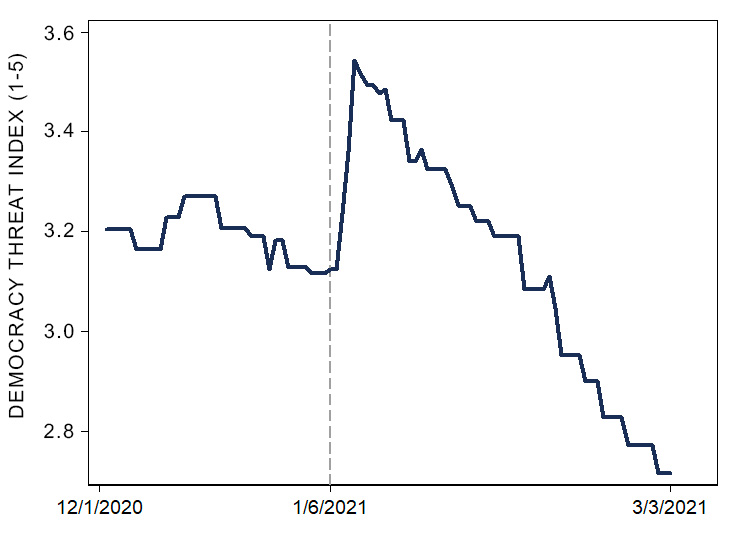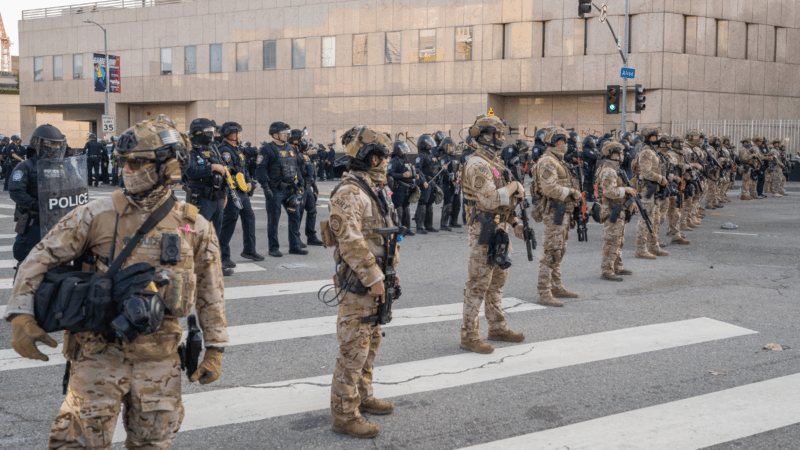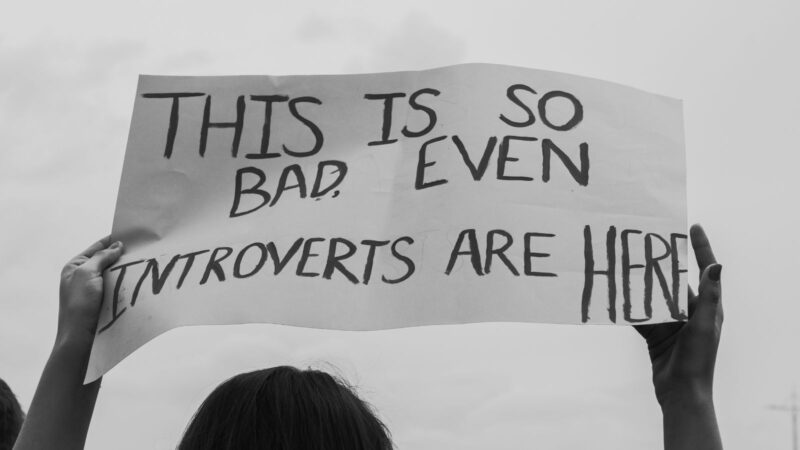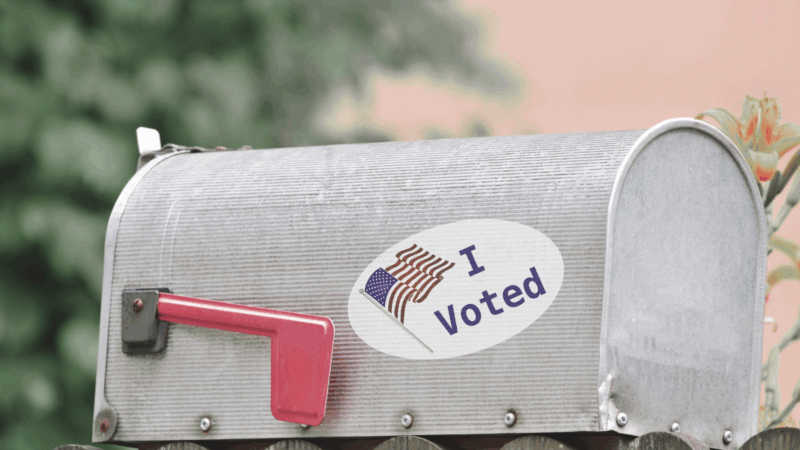The Democracy Threat Index and January 6, 2021
- July 8, 2021
Six months after the deadly 1/6 insurrection, it’s worth looking back and taking stock of how scholars analyzed the danger to American democracy before and after that event and where that perceived danger stands now. The Authoritarian Warning Survey has been polling expert opinions about threats to American democracy since 2017, asked on a rolling basis to allow for frequent updates in reaction to events. Specifically, we ask about threats across six categories: media, executive constraints, elections, civil liberties, civil violence, and rhetoric. These were chosen based on the warning signs in other prominent cases of democratic erosion like Hungary, Poland, Turkey, and Venezuela.
We combine these six categories into a single Democracy Threat Index for the United States, scaled 0-100. We also ask experts about the likelihood of democratic breakdown within four years, how American democracy compares to 10 years ago, and what recent events they regard as most concerning.
With that background out of the way, let’s examine how the experts reacted to 1/6.

The figure shows the Index from Dec 2020 to early March 2021. If we extend back to before the election, not much movement is apparent—the Index hovers around 55 from late September until what you see here, demonstrating that experts did not suddenly become more positive about democracy when Donald Trump lost.
Instead, there is a dramatic shift from before to after 1/6. Note that the Index is weighted to include an average of responses over the prior 60 days, but with greater weight given to recent responses. Even so, the jump is quite apparent, with the Index reaching its highest-ever value of 63 on 1/10. In fact, this is higher than the threat levels we recorded for Hungary and Poland in 2017 (using a different list of experts on those countries). Thus, experts saw a serious risk of erosion and even democratic breakdown.
Not surprisingly, the rise in the Index was driven most by an increase in concern about “civil violence,” which shifted up 20 points. The other components of the Index went up between 5 and 8 points.
On a more positive note, the threat index has steadily declined since its peak in January. By early March, it rested at 42, still indicating serious threat but a less pronounced one. In June and July, the Index has hovered around the mid-30s, the lowest values we’ve recorded since mid-2018. Again, these are considerably smaller values than the heights around 1/6, but they do not indicate we can rest easy.
The same false claims about stolen elections that drove 1/6 are still being loudly trumpeted across the right and political reform is stalled. Although a planned congressional investigation may shed more light on 1/6, the event that experts see as the greatest recent threat to American democracy promises to keep echoing in anti-democratic rhetoric, challenges to election integrity, and threats of civil violence.
Michael K. Miller is an Associate Professor of Political Science at George Washington University.
Related Content
Current United States Authoritarian Threat Index score: 3.3/5 Severe Threat •
-
Civil Violence 2.5/5 • Significant Threat
-
Elections 2.7/5 • Significant Threat
Join Us.
Building a stronger, more resilient democracy is possible, but we can’t do it alone. Become part of the fight today.
Donate
Sign Up for Updates Sign Up for Updates
Explore Careers Explore Careers
How to Protect Democracy How to Protect Democracy



